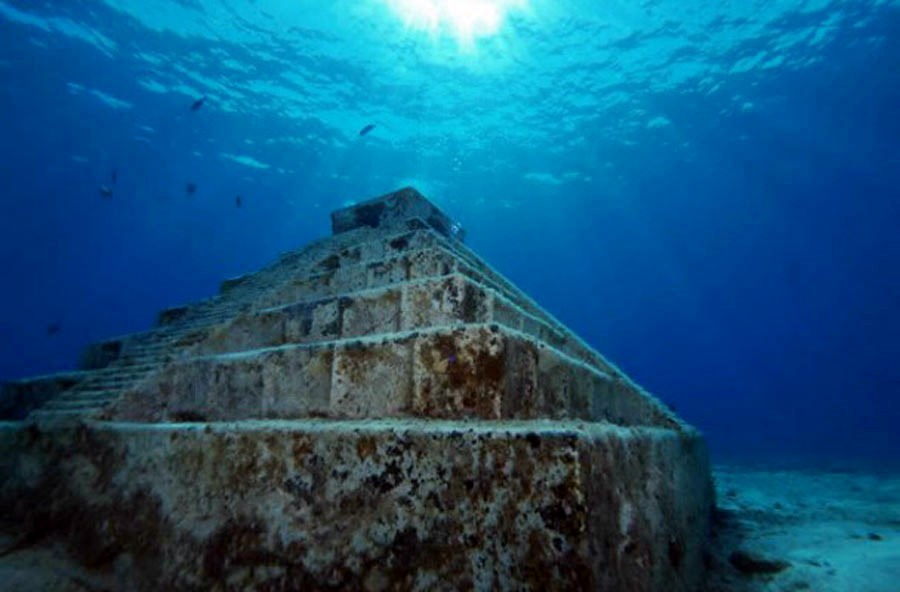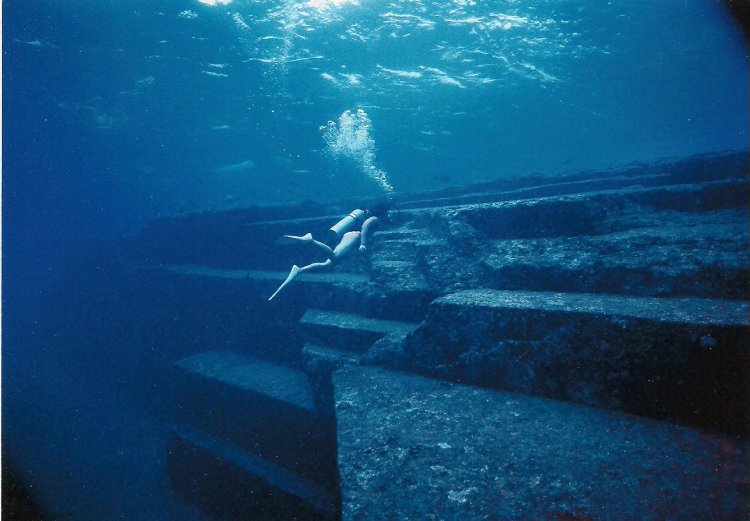
Off the coast of Yonaguni, a small island in Japan’s Okinawa Prefecture, lies a mysterious underwater structure that has sparked debates among archaeologists, historians, and divers alike. Known as the Yonaguni Monument, this submerged formation, resembling a massive stone pyramid, has led some to believe that it could be the remnants of an ancient, advanced civilization.

Discovered in 1987 by a diver exploring the area, the Yonaguni Monument features sharp angles, terraces, and stair-like formations that seem to defy natural explanation. The structure is made up of large stone blocks that are intricately arranged, giving the appearance of a man-made design. Some researchers argue that the formation could date back over 10,000 years, potentially predating known civilizations such as Mesopotamia and Egypt.
However, the true nature of the Yonaguni Monument remains a topic of heated debate. While some experts believe it is the ruins of a lost civilization, others argue that the structure could be a natural geological formation, shaped by tectonic activity and ocean currents over time. The lack of definitive artifacts or inscriptions has made it difficult to conclusively determine its origins.
Despite the uncertainty, the Yonaguni Pyramid continues to attract divers and researchers from around the world. Whether it is a natural wonder or evidence of a forgotten chapter in human history, the structure serves as a reminder of the many mysteries that lie beneath the ocean’s surface, waiting to be uncovered.
